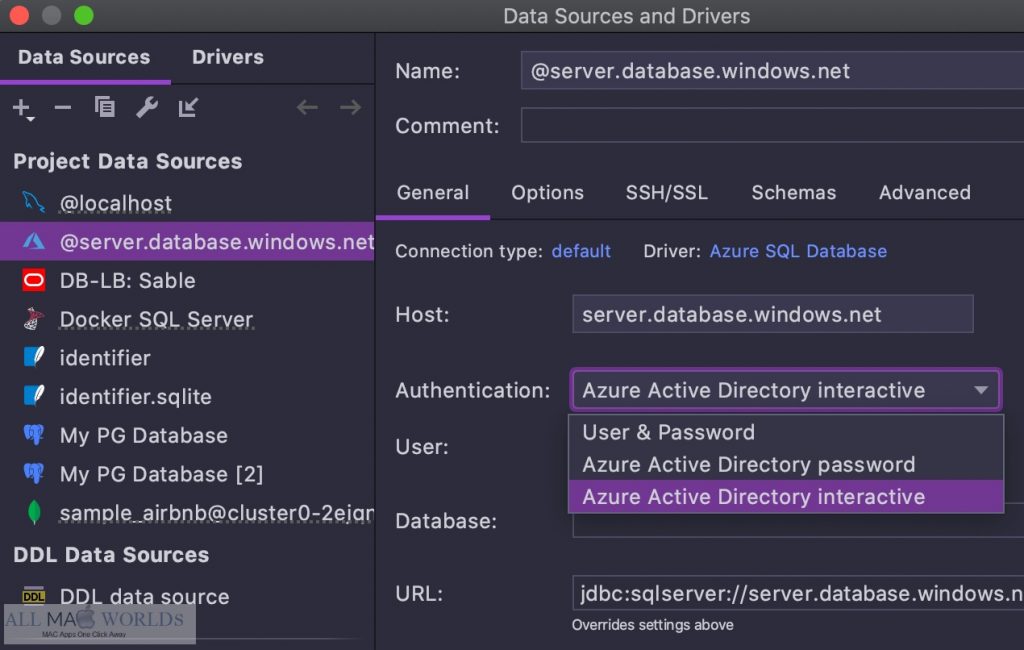
Now, streams are displayed in the database view as well as tables and views.Īs usual, we appreciate your feedback about our EAP builds in the issue tracker, on Twitter, or in the comments below. So, if you are constantly copying from one particular schema to another, there will be no need to choose the target each time.

So, we introduced three levels of introspection for Oracle databases.
#Jetbrains datagrip eer code
In many cases, just having database names will be sufficient to have the proper code completion and navigation. Usually, for daily work and coding assistance there is no need to load sources of the objects. We did our best to optimize the queries to get the metadata, but everything has its limitations. Oracle system catalogs are rather slow and the introspection was even slower if the user had no admin rights. Introspection is the process of getting the metadata of the database such as object names and source code, and DataGrip needs this information to provide rapid coding assistance, navigation, and search. One of the major problems with DataGrip for Oracle users was the introspection time if there are lots of databases and schemas. Here’s a brief overview of what you will find: That’s it for today! Thank you for reading.Hi! This is the third and the last EAP build before the release.

For example, it lets DataGrip run use secondary roles all for the introspection in Snowflake. This means that the script will be run each time a new session is created based on the corresponding template.

It’s now possible to set the startup script for the session templates. If it’s used for generating SQL for the whole schema, the resulting files will be placed in folders according to the object’s type: tables, views, etc. The new layout is called Per Object By Schema and Type. New layout for the SQL schema generator: Per Object By Schema and Type Navigation by data relationships in the data editor.Showing virtual relationships in the diagrams.You can create and drop them here, in the database explorer, and also in the Modify Table dialog.īear in mind that virtual foreign keys are mainly used for: Virtual foreign keys are visible in the database explorer: Here’s an overview of the implemented changes: This was a little bit tricky to find and the whole functionality lacked an intuitive way to use it. The ability to create virtual foreign keys was introduced a while ago and the main way to create them was by using the intention action Store Relation at the JOIN clause in your query.
#Jetbrains datagrip eer update
Hello! Here’s a brief overview of what we’ve released in the latest update to DataGrip 2022.3 EAP.


 0 kommentar(er)
0 kommentar(er)
